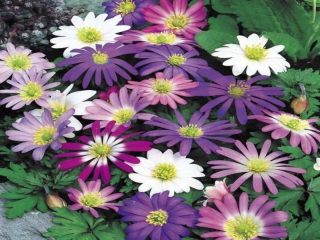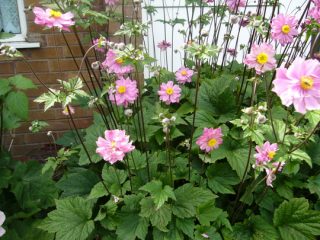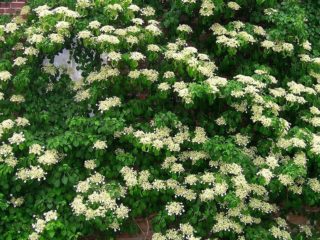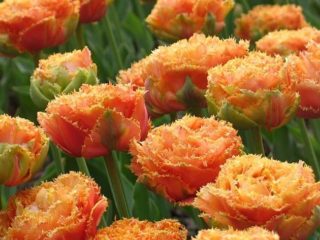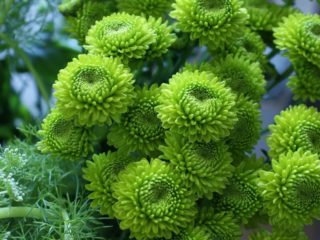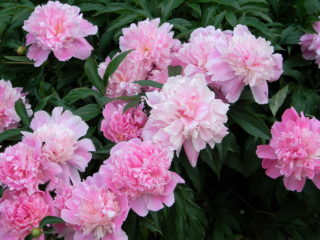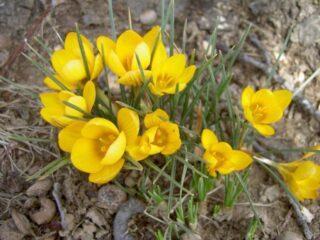Content
Ornamental fescue (Festuca glauca) is an attractive herbaceous perennial characterized by unpretentiousness and excellent resistance to adverse factors. Gardeners have been practicing its cultivation for a long time, and every year it is gaining more and more popularity. The unusual coloring, which allows it to look great on flower beds made in any style, has made the plant a favorite of landscape designers.

Tit fescue remains decorative throughout the season
History of appearance
Titmouse is a fescue variety bred on the basis of the bluish species. It is known that when creating it, specialists planned to improve the decorativeness of the perennial, while at the same time maintaining the unpretentiousness and frost resistance of the plant, and they succeeded well.

Sinichka fescue planting material is sold by the well-known agricultural company "Gavrish"
Description of fescue Titmouse with photo
Gray fescue variety Sinichka is considered an ornamental crop of the Poaceae family, which, like its ancestor, has the same original leaf color. This perennial with an unpretentious character is a dense and rather lush bush with a maximum height of 40 cm. It has the shape of a regular hemisphere with erect shoots and linear narrow leaf plates, painted in a bluish-gray tone. They are quite elastic, a little harsh, thanks to which the plant manages to maintain a beautiful appearance throughout the season.
Flowering of decorative fescue occurs in June. The duration of this period takes from two to three weeks depending on weather conditions. The flower stalks of the crop are bare, rise above the foliage, and are panicles up to 4 cm in length. The inflorescences are pointed in the upper part and have long stamens at the end; in the lower part they are covered with veins and scales. At the initial stage of appearance, the flowering is greenish in color, but over time the peduncles lighten and later turn brown. The fruits are small grains (0.5 cm) with a groove on the front and a convex back side.

Ornamental fescue seeds have a germination period of five years
The root system of the Titmouse is fibrous, quite powerful, capable of going into the ground to a depth of 100 cm, but most of the roots are concentrated in the upper layer.

Sizaya Titmouse fully meets the stated characteristics
This crop is a drought-resistant plant. Without losing its decorative qualities, it can tolerate a lack of moisture for two weeks, but after this period the ends of its leaves begin to dry out. Ornamental fescue is considered to be slightly susceptible to harmful insects and almost never gets sick. In addition, it has good resistance to negative temperatures and can easily withstand temperatures down to -25 °C.
The main habitat of fescue is considered to be temperate subtropical latitudes, but as an ornamental plant it is distributed throughout the world. However, in regions where the frost drops below -25 in winter OC, areas with plantings have to be lightly covered.
Advantages and disadvantages
The use of decorative fescue Titmouse has its advantages and disadvantages. Before planting it on the site, it is important to familiarize yourself with them.

The culture retains its decorative qualities exclusively in a well-lit place
Pros:
- drought resistance;
- long lasting decorative effect;
- undemanding in frequent haircuts;
- ability to grow in poor soil;
- frost resistance;
- high immunity;
- ease of care;
- rapid growth and formation of even cover;
- ensuring soil protection from drying out and weed growth.
Minuses:
- high demands on lighting;
- rapid aging of bushes;
- the ability to suppress the growth of certain crops.
Planting glacial fescue Sinichka
For the full growth and development of a perennial, it is necessary to plant it correctly and select a suitable place on the site. Decorative fescue Titmouse should be planted in a sunny and open flower bed, preferably on the south or east side.The most suitable soil for it will be a sandy loam substrate with a neutral acidity level and good air and moisture permeability. Placement is allowed in loamy soil, previously dug up with sand in the amount of ½ bucket per 1 square meter. m plot.
When planting fescue, they are guided by the following algorithm of actions:
- A month before work, the area is treated with herbicides, dug up and leveled.
- The seeds are kept in a solution of potassium permanganate, washed and dried.
- Planting material is planted to a depth of 1 cm.
- Watered by irrigation method.

In shady places, decorative fescue becomes pale and inconspicuous
Caring for fescue Titmouse
Tit fescue does not require complex care, but in order for it to always look impressive, it is necessary to provide growing conditions, taking into account its basic requirements. These include:
- Watering. Grass does not like excess moisture, which is why it is moistened only when necessary, in case of a long dry period. The procedure is carried out using the sprinkling method.
- Removing dried elements. In the spring and throughout the entire season, dry stems, leaves and inflorescences are cut from fescue bushes, and the area is cleaned with a rake. When growing decorative Titmouse as a lawn, monthly mowing is considered an additional care procedure.
- Transfer. Every 2-3 years, the Titmouse bushes are dug up, divided and planted again.

In a favorable place, decorative fescue Titmouse can grow without the participation of a gardener
Reproduction methods
Fescue propagation is carried out in two ways:
- vegetative;
- seeds.
For the first time, the crop is usually grown as seedlings, and then the perennial is divided and planted every three years.

With any method of propagation, Titmouse retains its varietal characteristics
Growing decorative fescue Titmouse from seeds
The perennial grows well when directly sown in open ground; planting material can be planted in the spring (second half of May) or before winter. Some gardeners practice growing Tit fescue from seeds at home; in this case, planting work begins in March. The procedure is carried out using the classic seedling method, seedlings are sown in containers with nutrient soil and kept under film until seedlings emerge, then the cover is removed. As the Titmouse fescue grows, it is picked; at the end of May, when stable heat sets in, the crop is transplanted to a permanent place.
Photo of decorative fescue Titmouse in landscape design
Growing glacial fescue Titmouse in open ground is most often practiced as a lawn. The variety has proven itself well in the following types:
- meadow;
- ground floor;
- Mauritanian;
- gardening.
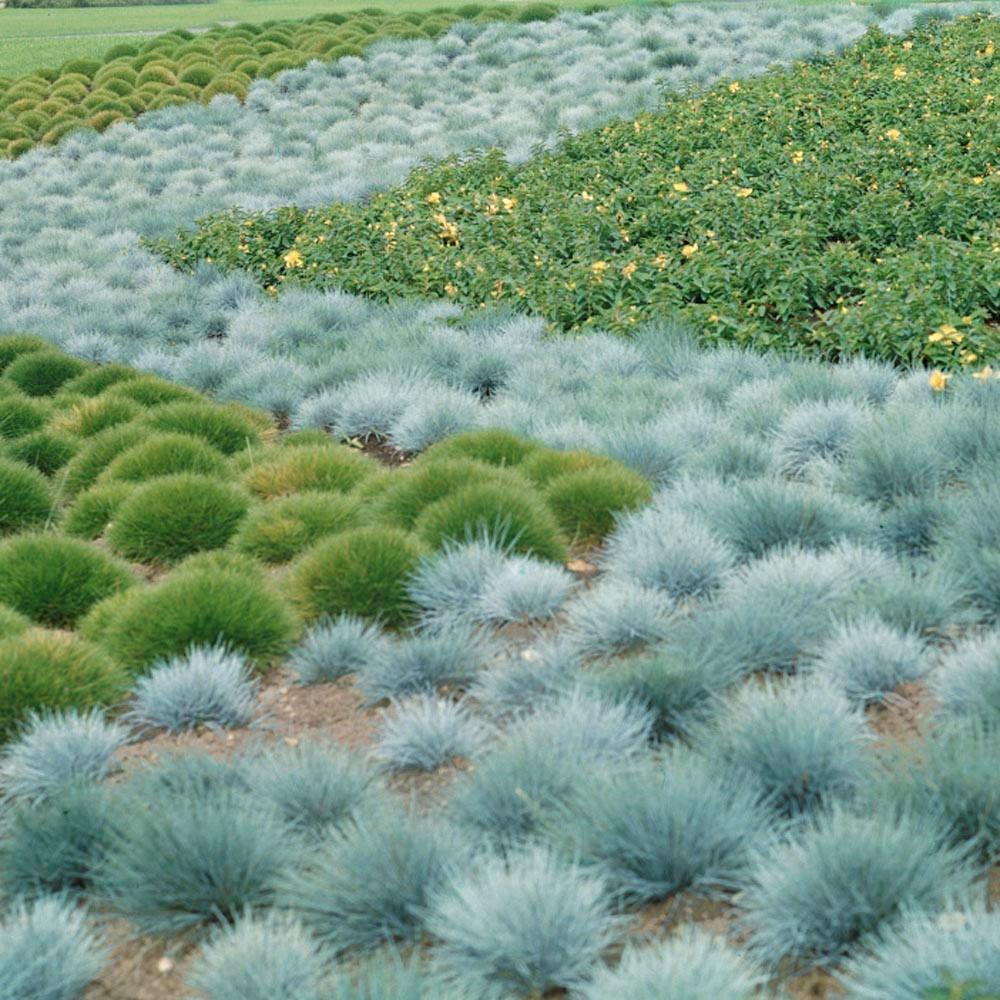
As a sports lawn, decorative Titmouse is not planted
Fescue is no less often found in landscape design of gardens. It is used to create ridges, borders, mixborders.It looks very beautiful in rock gardens, rock gardens, containers, and is used for planting carpet flower beds and as a ground cover crop.
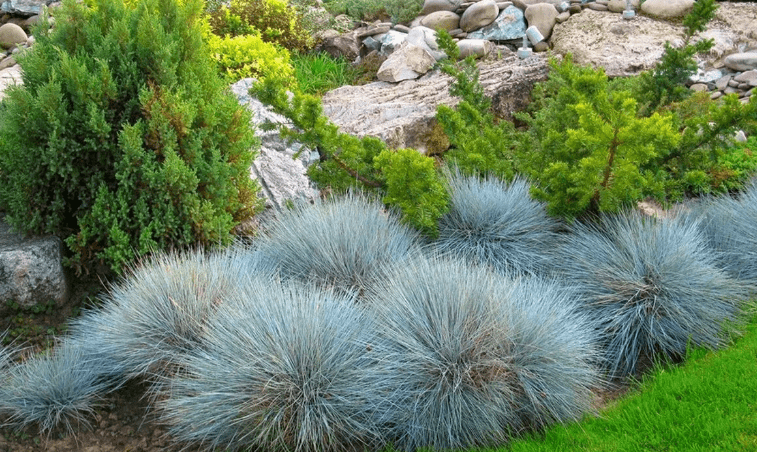
Air bushes will be an excellent solution for edging paths and flower beds and will help disguise unsightly places in the garden
Titmouse goes best with plants that have not only green, but also burgundy and pink foliage.

Tit fescue is often planted near sculptures, garden furniture, stones
Conclusion
Decorative fescue Titmouse is an attractive cereal crop that can become an original decoration for any site and is an excellent alternative to lawn grass. The perennial is not particularly demanding of care, but is in dire need of providing suitable conditions for healthy development. Before planting Titmouse in the garden, you need to familiarize yourself with its agricultural technology.
Reviews of decorative fescue Sinichka
